How does game porting work?
Game porting is the process of converting a game built for one platform to another. Whether it's porting a PC game to Nintendo Switch, a console game to iOS or an Android game to PC, adapting a game for a new platform is challenging and time-consuming.
Many companies offer game porting services and finding the right porting team is essential for both timely and high quality delivery. While many engines, such as Unity and Unreal Engine, support multiple platforms, significant work is still involved in porting a game. It needs a team of specialists with expertise in both the original and target platforms.
The porting team will start by analyzing the game's engine, source code and assets to identify required changes and optimizations. The required changes depend on the target platform and its hardware capabilities. When porting, the main areas of consideration are CPU, GPU, memory, player input, I/O and platform integration.
CPU
CPUs can vary significantly between PC, consoles and mobile devices, not just in clock speed but can be completely different architectures. Code that may perform well on the original platform may need significant optimization on the target platform to improve performance. Porting teams will use analysis tools to pinpoint required changes in the source code. Often this will require working with the original development team to ensure functionality and behavior remains unchanged across platforms.
GPU
GPUs can also vary significantly between platforms. In many cases, the target platform's GPU may not support the same graphics features or performance as the original platform. Many game engines fortunately offer ways to adjust graphics quality depending on platform. However, other areas, such as shaders, can introduce more complex issues. Porting teams often need to optimize or rewrite shaders for the target platform.
Memory
Some platforms have limitations on how much memory can be used by a running game. Exceeding this will cause the game to crash. Porting teams will analyze the memory usage and optimize how game data is represented in memory. Suppose assets are using a lot of memory. In that case, the porting team may change to more optimal formats or work with the original development team to optimize when the assets are loaded and unloaded.
Another consideration is the speed of the memory on the target platform. Mobile and low-power devices may use slower memory which will impact game performance.
Player Input
A game designed for one platform may need to change how it handles input when targeting another platform. PC games are often designed for keyboard and mouse input, whereas mobile games require touch-based input, and console games require controller-based input. If the game does not support the required input type, porting teams must work with the original development team to design how input should be handled on the target platform.
I/O
I/O requirements vary depending on the type of game. Open-world games often need to stream assets as the player moves through the world, while games with fixed levels can load the required data at the beginning of the level and unload the data at the end.
Porting teams often need to change how data is laid out on disk to improve loading times and reduce stutter when streaming assets. Fortunately, many platforms are moving towards solid-state storage, which has improved I/O performance in most cases. However, PCs can still use hard drive disks, and consoles use discs for retail versions, which require more consideration of data layout.
Platform Integration
Finally, porting teams must ensure the game integrates appropriately with the target platform. This includes ensuring the game is correctly integrated into the platform's store, sandboxing, user accounts, and other platform services.
Once the porting process is finished, the game will go through quality assurance to identify and resolve any issues. Once the issues are resolved, the game must be packaged and prepared for submission to the target platform.
Submission
Many platforms, such as mobile and consoles, have a submission process where the platform owner will test and validate the game to ensure quality and integration compliance. Ensuring that a game is compliant is a detail-oriented process. Porting teams will perform compliance tests before submission to avoid multiple re-submissions and negative impacts to release schedules.
Conclusion
There are many factors to consider when porting a game between platforms. Despite its complexity and cost, porting video games to new platforms is a good business strategy for unlocking new revenue streams. Mobile, console and PC platforms continue growing year-on-year, and platform-specific opportunities such as Game Pass and Apple Arcade can help expand your audience further.
If you're seeking an expert team to bring your game to console platforms, contact Viridian Software today.





